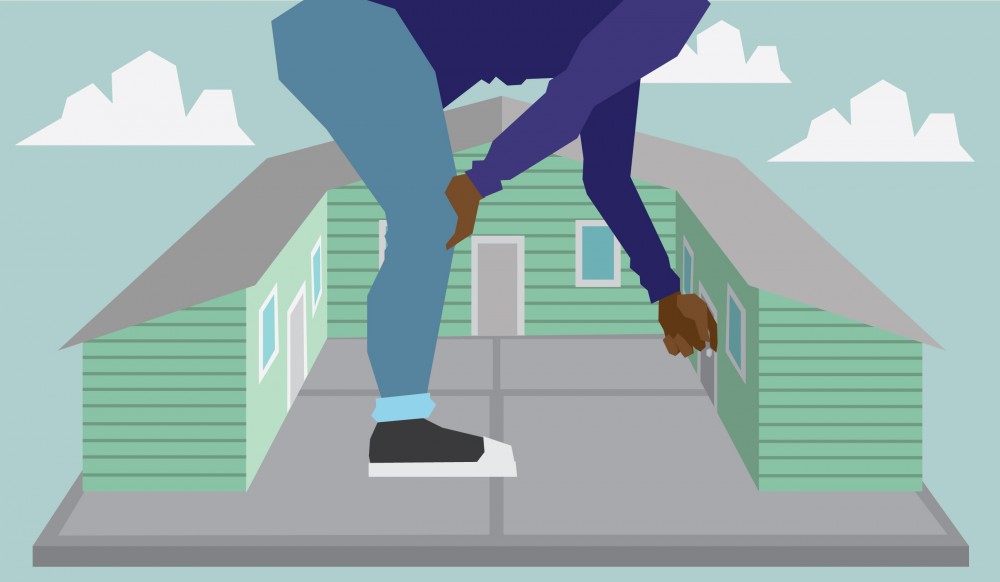Minneapolis city officials are considering capping how much landlords can increase rent.
The Minneapolis City Council approved a request earlier this month by city staff to hire consultants to study rent stabilization in Minneapolis. The study will detail the potential economic impact of rent stabilization, which typically limits rent increases per year, and possible strategies for its implementation in Minneapolis.
“I’m excited about it, it’s something I’ve thought we should look at for a long time,” said Ward 2 City Council member Cam Gordon. “It gives us the hope in being able to make it easier for people to live in the city and stay in the city.”
The study will establish baselines for yearly rent increases, analyze the potential impacts on landlords and renters and provide policy models to consider.
“Rent stabilization is an important idea that needs to be initiated in Minneapolis, St. Paul and certainly other cities across the country,” said Edward Goetz, director of the Center for Urban and Regional Affairs.
In other cities, like New York City, rent stabilization and rent control policies have been implemented for decades — stemming back to the 1920s.
Developers and landlords often do not support rent stabilization measures because they might see it as detrimental to their success in the marketplace, Goetz said.
“People have this idea that rent control would kill the housing market,” he said. “Those are old arguments that aren’t entirely accurate given the many different ways rent stabilization can be designed and implemented.”
The city’s interest in rent stabilization was in part prompted by an earlier report by a local team of city council members, city staff and community leaders as part of the national Anti-Displacement Policy Network initiative. This report looked into a variety of anti-displacement policies including rent stabilization.
“Rent stabilization is worth looking into, because it is the broadest, cheapest, and most effective way to support renter stability, said Tram Hoang, policy advocate for a local ADPN team, The Alliance Inc., in an email to the Minnesota Daily. “The majority of housing in our city exists in the private market, and in this moment, there is no limit to what a landlord can increase rent by.”
While community leaders in neighborhoods around the University of Minnesota expressed an interest for rent stabilization, they were cautious of its effects.
Marcy-Holmes resident and neighborhood association member Marcus Mills said rent caps could deter new developers.
“Rent control works relatively well in places that aren’t really building new buildings,” he said. “While I’m not particularly in favor of the developer, I at least get the math.”
Karl Smith, president of Southeast Como Improvement Association, said rent stabilization is only piece of the housing conversation.
“The cost of housing has been a regular topic of conversation,” he said. “Since our neighborhood, like the rest of the University district, is predominantly renters, it’s a huge concern.”
City staff will update the City Council’s Housing Policy & Development Committee by Nov. 13.














